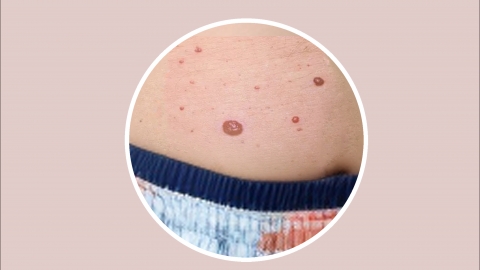Are hemangiomas scary?
Generally speaking, hemangiomas are not dangerous. Most are benign, grow slowly, and pose no significant health risks; only in rare special cases might they present potential dangers. If concerned, it is recommended to seek medical advice early. Detailed analysis is as follows:

In most cases, there is no need for excessive concern. Common superficial hemangiomas in infants and cherry angiomas, for example, are benign and do not invade surrounding tissues or undergo malignant transformation. These types of hemangiomas either regress spontaneously or can be completely resolved with proper treatment, having minimal impact on health. They may only affect appearance if located in visible areas and do not threaten life safety.
In rare cases, caution is warranted. Hemangiomas in critical locations (such as within the brain or thoracic cavity) or large arterial hemangiomas may lead to serious complications due to compression of surrounding organs or blood vessels, or due to risks of rupture and bleeding. Additionally, some hemangiomas that remain ulcerated and infected over a long period or experience recurrent bleeding may negatively affect overall health, requiring timely medical intervention.
Upon discovering a hemangioma, there's no need to panic. First, consult a doctor to determine its type, location, and risk level. Follow medical advice regarding observation or treatment, avoiding unnecessary anxiety. In daily life, protect the affected area from injury and monitor changes regularly. In most cases, risks can be effectively managed, ensuring good health outcomes.




